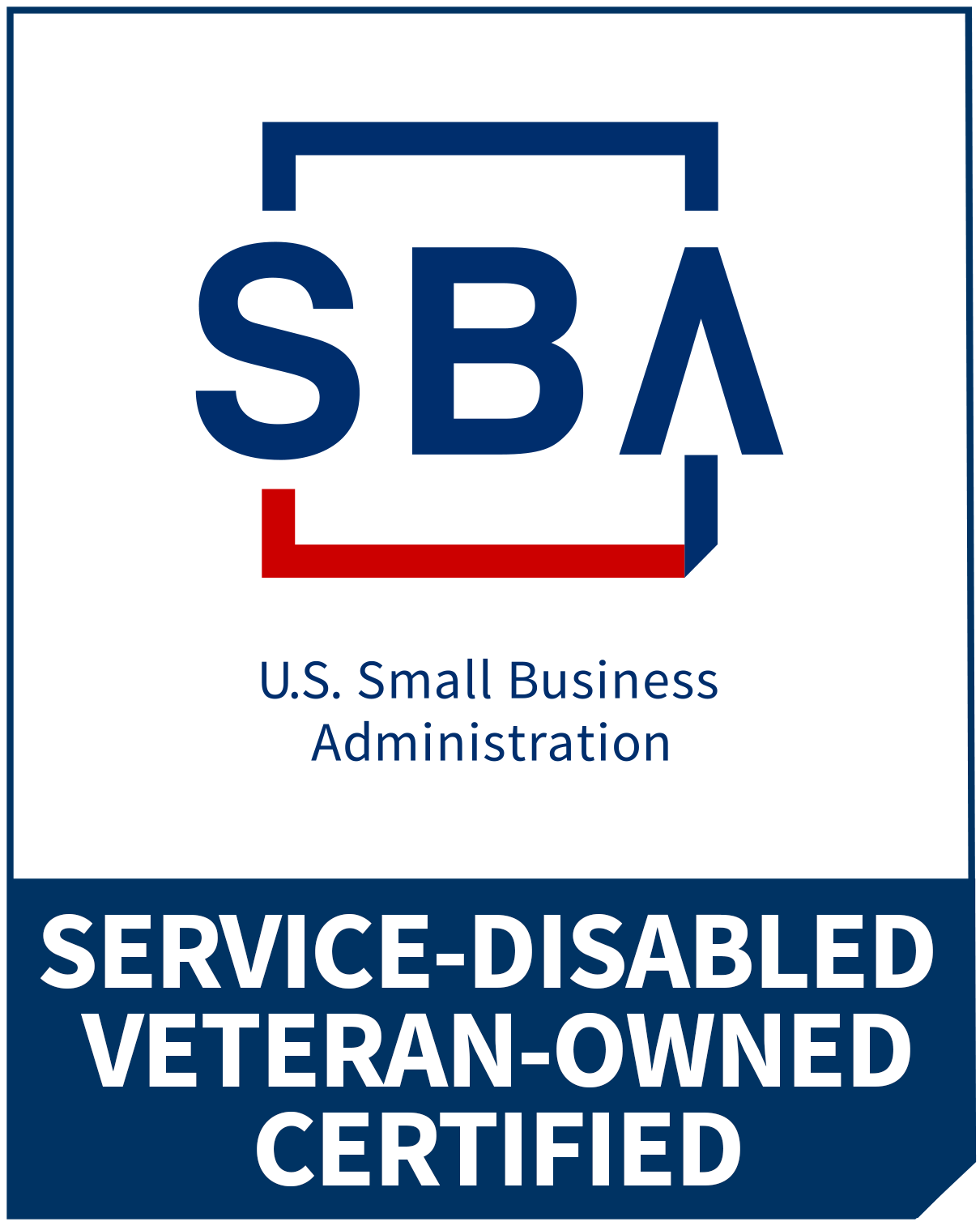Can I start a controversial article being completely uncontroversial? Thanks. Here goes: Good employee engagement is an absolute requirement in order to drive good CX. Okay… now, feel free to refer to that as you read on, because I’m not trying to say that engagement isn’t fundamental; in fact, it’s a bedrock necessity if you’re going to provide a good Customer experience that you first ensure you are providing a good employee experience.
With that throat-clearing out of the way, I was shocked (shocked!) when a nontrivial number of contributors (all CX pros) to a forum in which I recently participated seemed confused about the difference between Customers and employees.
The scenario was a question about public schools and how one might bring the concepts of CX to such an institution. (My response was that, like many other public sector fields, lacking a profit motive makes Customer-centricity challenging but by no means impossible…simply look to private-sector analogs and see what they do to satisfy their Customers…imitation, after all, is the sincerest form of stealing great ideas.)
What startled me was the number of CX professionals whose responses included identifying the teachers as Customers. Now, I’m an educator myself and I know how emotional (and political!) the discussion can get when the topic is public education. But really? (And no, by the way, those making this point were not using as an example those teachers who also happen to have children enrolled in the public schools. They meant it the way it looks here.)
Now, I won’t take a backseat in championing EX, nor deemphasize its vital role in good CX, but this got me to wondering more broadly if sometimes in the zeal of ensuring we have a great employee experience, we sometimes miss out on our actual mission: Elevating the Customers’ experiences. While it’s an important building block, if we create an exceptional employee experience without proper focus, and a clear understanding that the whole purpose of it is to improve the Customers’ experiences, we run the risk of having a great atmosphere for no discernable reason, and potentially no Customers. When we consider brands that are famous (at least to us) for putting their employees first, surely even they understand the risks of conflating them with their Customers, right?
For example, while I’m sure Zappos! loves that many of their employees are also Customers (and rightly seeks out their input as Customers), and while Southwest Airlines likewise puts a premium on what their employees say when they fly as passengers, neither would likely mistake them for Customers, generally speaking. Heck, even I champion the practice of Walking in the Customers’ Shoes for all members of your team. That’s so we can uncover that perspective that’s often shrouded from our view ‘from the inside.’
But there’s something akin to (although not nearly as dramatic as, at least) a moral hazard to mistaking your employees for Customers. First of all, the roles are actually reversed: You pay them (salary) to provide a service (their labor) to you, whereas with your Customers, it’s the other way around. As such, your brand is incentivized to deliver a great experience to your Customers (or else they’ll go away). While you don’t want to lose good talent, poor performers who aren’t willing to put your Customers first are treated like those service providers in our lives (i.e., when we’re the Customer) who continually let us down: they’re shown the door.
Conflating your employees with your Customers (considering them to be your Customers instead of your employees) warps incentives all the way around. Your team members will come to see you as not an employer, but rather as a service provider, always with one eye on the competition, measuring you up against potentially better places to go. Meanwhile, you’ll expend plenty of resources that you may otherwise use to enhance the experiences for your actual Customers all the while patting yourself on the back about what a great culture you’ve created. Don’t be surprised when more than a few of your employees start to feel entitled and you run out of great things to provide for your Customers (or, worse, when your employees start to resent your Customers for demanding more attention!).
So what’s the balance?
Well, it starts first and foremost with a dismissal of the concept of your employees as Customers. Yes, they’re vital, in fact almost the most important stakeholder in the equation. Yes, you should be fostering a supportive and encouraging atmosphere that supports and helps improve them and their lives. Yes, keep your profit-sharing and personal (and academic) development programs. Yes, tell them you treasure them as vital parts of the team…these are all win-win offerings: your employees benefit and so does the organization by supporting their betterment (hey, better employees!) and driving loyalty (hey, this company cares about my development!).
But part of that culture needs to be an explicit understanding that the purpose for holding your employees in such high regard is that doing so advances the goal of supporting those for whom we’re all here: The Customers. You take pains to hire great, empathetic, Customer-focused people…now hold them to that commitment. Treat them like royalty with the understanding that with the crown comes a responsibility to the people they serve: The Customers.
It isn’t about seeing your team members simply as cogs in a machine that’s there to serve your Customers…it’s about treating them like the team that shares the goal of serving your Customers. As they said on the football team when I was a kid: Big Team, little me.




